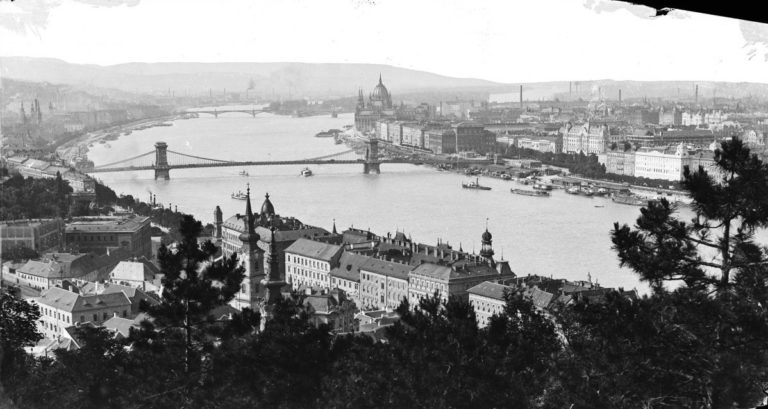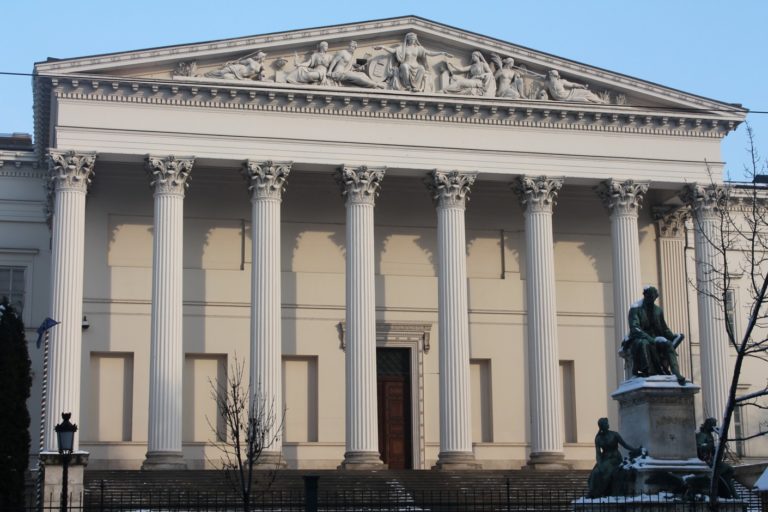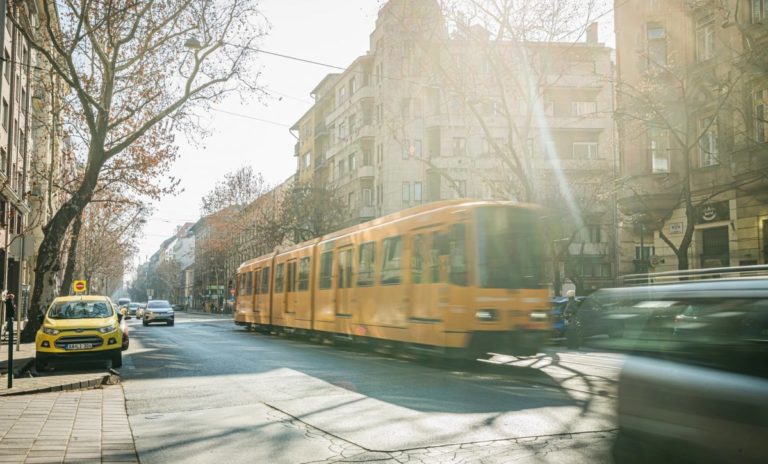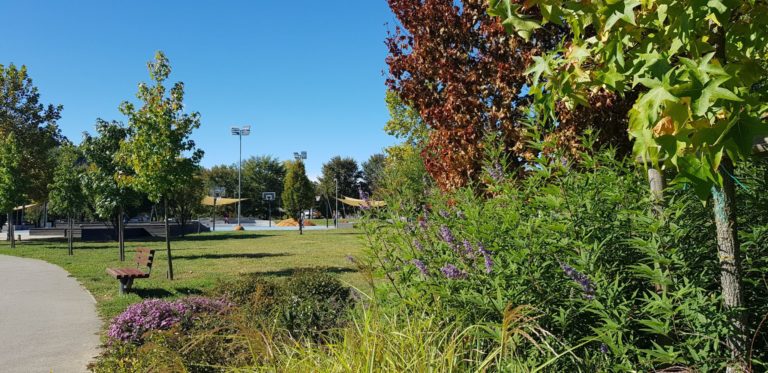Budapest is a city that, over the centuries, has been able to emerge from countless conflicts and transformations. From its origins as a Roman settlement to its unification in 1873, the Hungarian capital has witnessed invasions, sieges and reconstruction processes that have forged a unique identity. This historical tour highlights the monuments that have survived wars and upheavals, and offers recommendations for visiting them, discovering the city’s resilience and rich cultural heritage. Historical Context From its Origins and the Roman Legacy The history of Budapest dates back to Roman times, when the settlement of Aquincum was founded on the territory now occupied by the city. This settlement became the nerve centre of the Roman province of Lower Pannonia, leaving a legacy in the urban organisation and archaeological remains that can still be seen in different parts of the city, such as the Aquincum Museum. The Roman presence marked the beginning…
Budapest is a city full of history in its streets, ideal for travellers on a budget. The Hungarian capital offers a wide range of free activities that allow you to discover its heritage, art and culture without overspending. Here you’ll find recommendations and practical tips to help you enjoy the city on a budget. Free Tours and Walking Routes One of the best ways to get to know Budapest is to take part in free walking tours, led by local guides who share anecdotes and historical details of every corner of the city. What do It offer? Thematic and Regional Tours: Tours range from the Old Town and iconic quarters (such as VII and VIII) to routes exploring Jewish history, urban art and local legends. In addition, there are options for night tours to enjoy the illuminated city. Variety of Options: Some companies even offer bike tours or alternative routes…
Adjusting to a new city is an adventure full of excitement and challenges. Budapest, with its rich history, impressive architecture and vibrant culture, is no exception. To integrate smoothly, it is essential to know the practicalities, such as currency and transport, as well as understanding the city’s urban structure. This guide provides the basics to start adapting to a new city and tells a little of my personal experience of the 7 days I have been living in this beautiful city. Common Errors on Arrival Lack of prior information: Not knowing the local customs and rules of coexistence can lead to misunderstandings. For example, it is normal in Budapest and Hungary to greet people with a handshake, rather than with two kisses as is common in Spain or Portugal. In addition, it is not uncommon to make a mistake when using public transport. It is important to always validate your…
Budapest is a city that combines historical architecture and modernity with an abundance of green spaces. Despite being one of Europe’s liveliest capitals, nature blends harmoniously into its urban environment, offering havens of biodiversity amidst the hustle and bustle. Nature in parks, avenues and gardens not only beautify the city, but also play a crucial role in the quality of life of its inhabitants and in the conservation of local fauna. In addition, these green spaces serve as urban lungs, regulating temperature and improving air quality in an environment increasingly affected by urbanisation and traffic. Flora: Budapest’s green spaces are home to a wide variety of plant species, providing shade and beautifying the city. Among the most common trees are the lime trees (Hársfa), which are very common in the area, the oaks (Tölgyfa), which provide shelter for birds and small mammals, and the horse chestnut trees (Vadgesztenye), which bloom…




